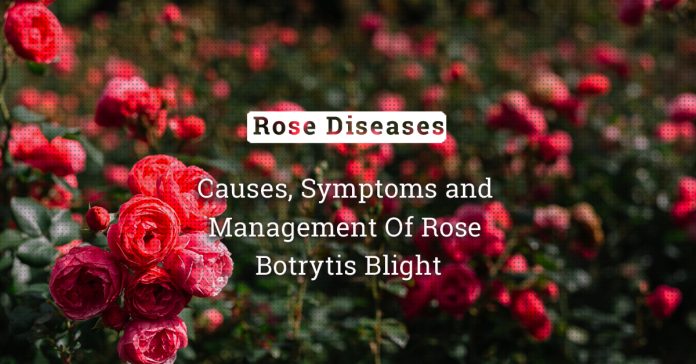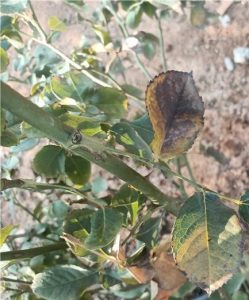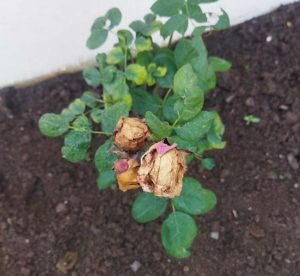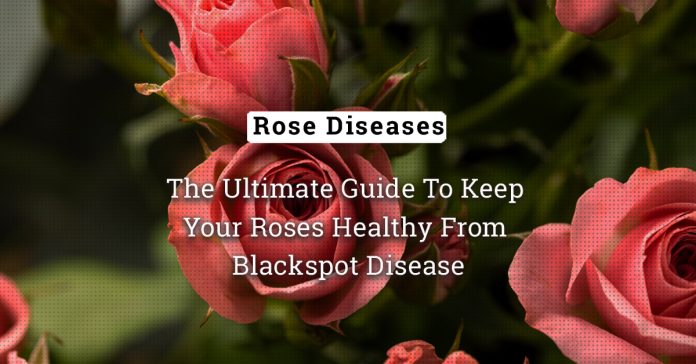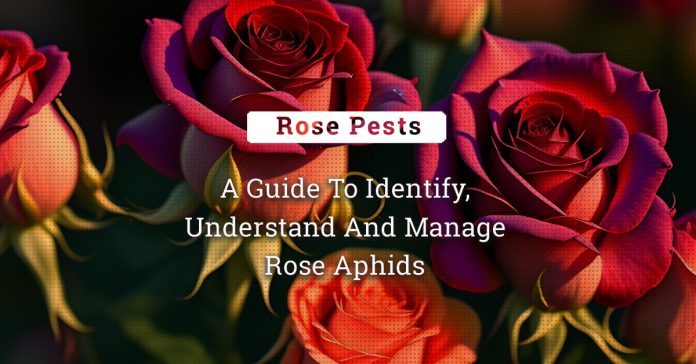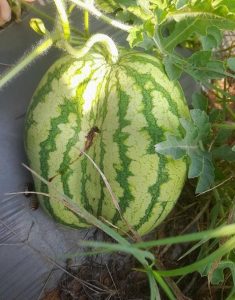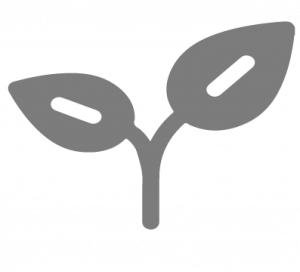Wheat is one of the most important cereal crops in India, contributing significantly to the country’s economy. According to the Second Advance Estimates for the agriculture year 2022-23, India is expected to produce 112.18 million tonnes of wheat, which is 4.44 million tonnes higher than the previous year’s production. This news comes as a relief for the country, as it continues to battle the economic impact of the ongoing pandemic.
Overview
With no proposal for lifting the restriction on the export of wheat before the Department of Agriculture and Farmers Welfare (DA&FW), the wheat production in India for the agriculture year 2022-23 is estimated to be 112.18 million tonnes, which is an increase of 4.44 million tonnes from the previous year.
During the current fiscal year (up to January 2023), wheat stock worth Rs. 11728.36 crore has been exported. The FCI sells excess stocks of wheat from the Central Pool in the open market from time to time under the Open Market Sale Scheme-Domestic (OMSS(D)) to address the rising prices of wheat and atta. 50 lakh metric tonnes of wheat from FCI stock has been decided to be offloaded under OMSS(D), 2023, up to 31st March 2023.
Important Points
- Wheat production in India for agriculture year 2022-23: 112.18 million tonnes
- Increase in wheat production compared to previous year: 4.44 million tonnes
- Wheat stock worth Rs. 11728.36 crore has been exported during the current fiscal year (up to Jan 2023)
- OMSS(D) policy for the year 2023 has been reviewed and the reserve price of wheat has been reduced
Conclusion
In conclusion, the information provided suggests that India’s wheat production for the current agriculture year is expected to be higher than the previous year. However, the government has not yet proposed lifting the restriction on wheat exports. To tackle the increasing prices of wheat and atta, the government is utilizing its surplus stock through the Open Market Sale Scheme-Domestic (OMSS(D)), and has also reduced the reserve price of wheat. These steps are aimed at stabilizing the prices of wheat and atta in India.






